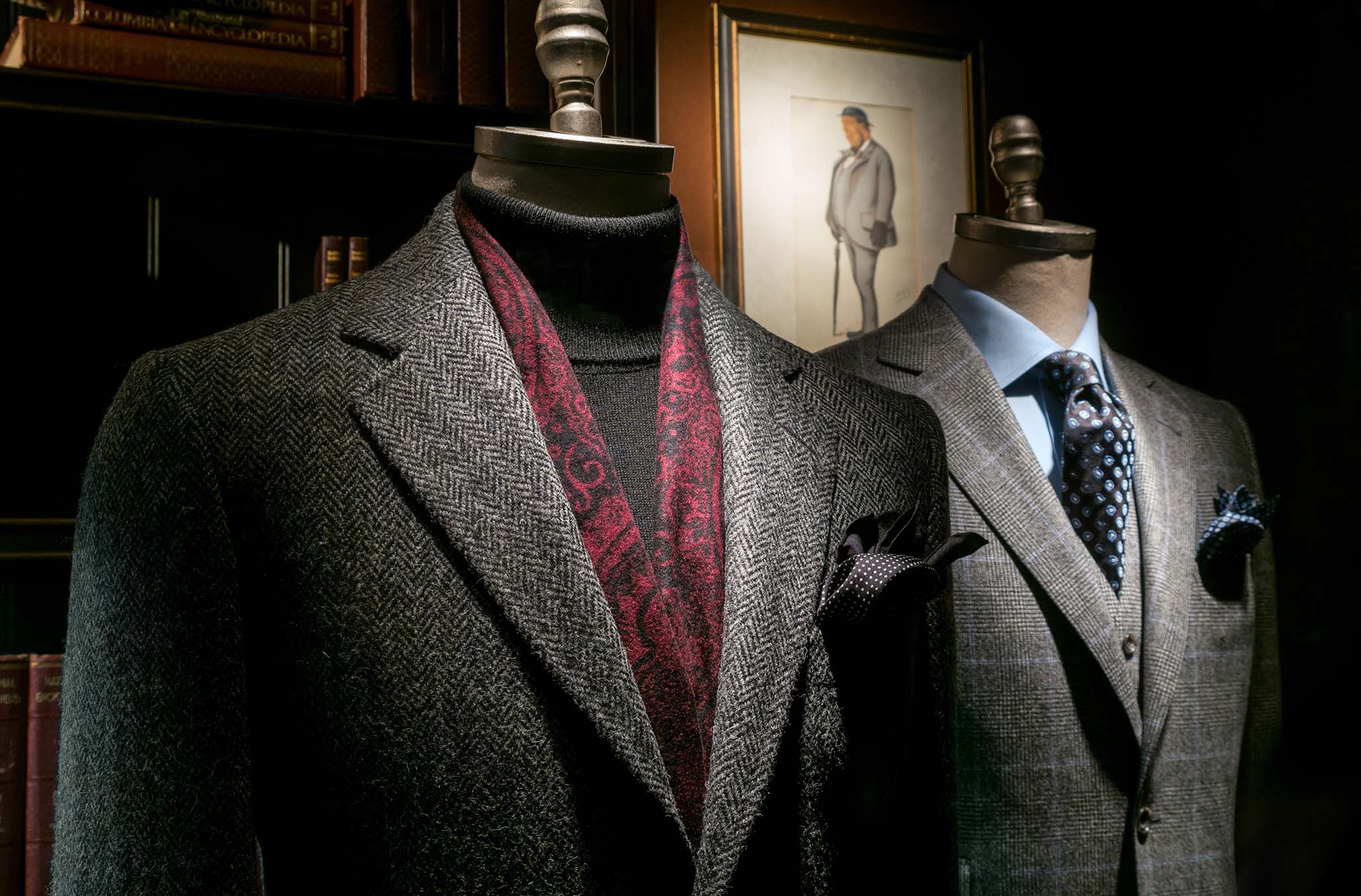To have the best chance of creating and selling an innovative and commercially successful service or product, you need to have an in-depth understanding of end-users' requirements. End-users are customers or whoever your product or service is aimed at. In this project, we tried to address the issue of incorrect customer-oriented design. The project research involved several small businesses and one international company. The results proved to be very interesting and we hope you will find something useful too.
Identifying your users
User-centered design is based on the concept that the best-designed products or services come from understanding the needs of the people who will use them. Most products or services undergo market testing and user research, but this often comes too late in the new product development process when significant changes might not be possible.
First, you need to identify who you mean by 'user'. Each user will have quite different perspectives and needs. It's worth noting that you may identify more than one sort of person or customer as being relevant users of your product or service, and the challenge there is to manage a design project that understands them all.
Observing and analyzing users
It's important to immerse yourself in your users' context - the circumstances and ways people are likely to use your product. This immersion exposes unexpressed needs that might be missed without the full context. This type of observational research needs to be analyzed to identify any important themes that can be taken forward. In order to successfully present highlights back to your design team and improve their understanding, it's a good idea to capture your findings visually, with a camera or video recorder.
However, you should not assume that simply carrying out the research and presenting it to your design team is enough. The findings need to be brought to life for those who weren't present to witness the research first hand. User stories, videos, photographs, checklists, and catchphrases can all be helpful. These can also be displayed where the teamwork to maintain a 'user presence'.
Using inclusive design
Inclusive design involves developing products, services or environments so that they can be accessed and used by the largest number of people possible. User-centered design techniques are an essential part of the inclusive design - as these techniques make it possible to:
- understand the reality of people's lives
- evaluate products and services as they are developed
- ensure products or services are genuinely inclusive
The techniques of inclusive design and user-centered design are very similar. But instead of talking and researching with typical product or service users, the inclusive design seeks out extreme users - the sorts of people who will demand the most from a product or service. For instance, a bathroom fittings manufacture sought out ballet dancers who needed precise bathroom lighting for performance hair and makeup. They chose to do this because these people represented an untapped market and would show that if they could easily use a range of products, then people with less specialized requirements could too.
The importance of ergonomics
Ergonomics is about ensuring a good fit between people and what they interact with. This could include the objects they use or the environments they live in. Ergonomics should be considered in the design of every product, system or environment. Ignoring it can lead to designs which are likely to fail commercially - as they don't fit the needs of the user.
Ergonomists are trained in analytical techniques to identify which user characteristics should be taken into account during your design process. This is important when you consider how much individuals vary in terms of body size, body shape, strength etc.
To ensure your end-users' needs are kept in focus at all times, ergonomists should be an integral part of your design development team. Constantly evaluating the ergonomics of anything your business designs as it develops will help increase the likelihood that your product or service will be a success.

